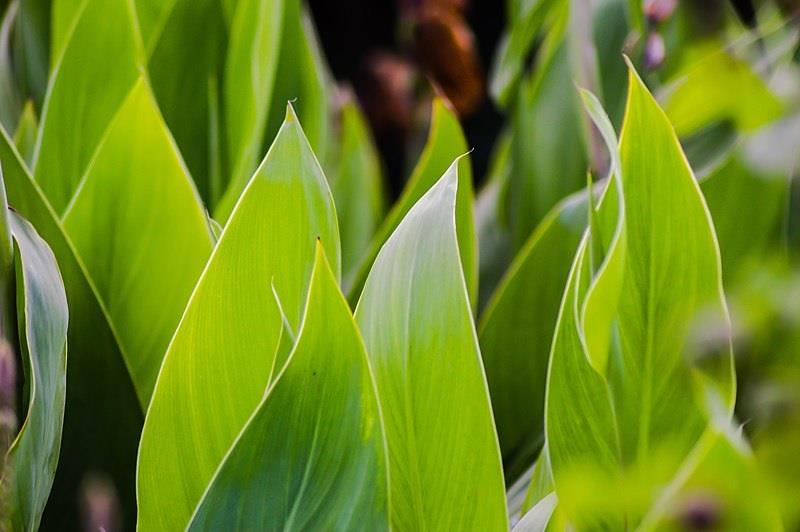GEORGE NEWS - Alien invasive plants destroy biodiversity, the link between all organisms on earth that binds all into interdependent ecosystems.
Starting this month, George Herald will be placing a photo monthly of an alien invasive plant to create awareness about their negative impact on the environment and with tips on what to do with such plants on your property. Alien invasive plants destroy biodiversity, the link between all organisms on earth that binds all into interdependent ecosystems.
This month, the focus falls on:
The Canna: Canna indica (Indian Shot). Listed as a Category 1b invader and habitat transformer. It must be removed and destroyed. Any form of trade or planting is strictly prohibited. Hybrid cultivars are excluded from the category. In the Garden Route C. indica is a common sight.
Wherever garden refuse that includes canna stems and rhizomes is casually tipped ‘over the side’ onto vacant land, we see these plants establishing themselves with the greatest of ease.
Identification: The plants are perennial with erect, un-branched, leafy shoots, 1 to 2 metres tall. The leaves are large, narrowly ovate to elliptic and sheath the stems. Foliage range in colour from green to a purple-bronze.
The flowers are attractive and colourful but non-fragrant and quite small in comparison to those of the large showy hybrids. C.indica’s flowers are usually red or orange above and yellow below. Flowering time is generally from September to April and in some regions throughout the year.
The fruits are green, spiny, three-valved capsules. The plant multiplies readily from rhizomes and forms large clumps, invades stream banks, moist sites, forest and plantation edges.
 The flower of the Canna Indica. Photo: Charles J. Sharp
The flower of the Canna Indica. Photo: Charles J. Sharp
Control: No herbicide is currently registered and physical removal and destruction of the plant material is the most practical solution. Kaput, if applied to the cut stem at rhizome level, will weaken the rhizome. Rhizomes need to be shredded, desiccated or rotted before throwing onto the compost heap.
 The leaves of the Canna Indica. Photo: Sumanth Javvaji
The leaves of the Canna Indica. Photo: Sumanth Javvaji
References: www.invasives.org.za : www.sanbi.org : (search under COMMUNITY SERVICES and NEWS tabs.
‘We bring you the latest Garden Route, Hessequa, Karoo news’
















